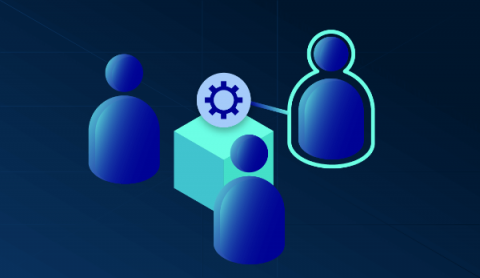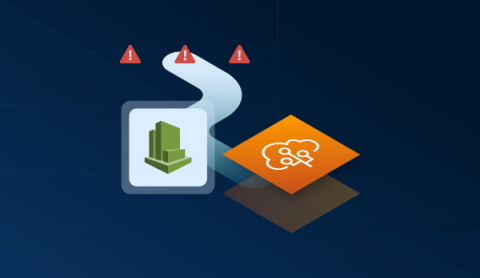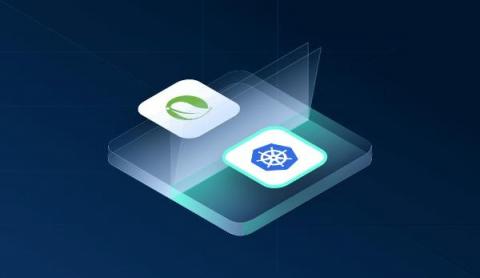Operations | Monitoring | ITSM | DevOps | Cloud
October 2022
On Building a Platform Team
It may surprise you to hear, but Honeycomb doesn’t currently have a platform team. We have a platform org, and my title is Director of Platform Engineering. We have engineers doing platform work. And, we even have an SRE team and a core services team. But a platform team? Nope. I’ve been thinking about what it might mean to build a platform team up from scratch—a situation some of you may also be in—and it led me to asking crucial questions. What should such a team own?
Blameless - Integrated, proactive incident management
Routing alerts from AWS Elastic Beanstalk via CloudWatch
Incident Tracking - How it Works & Why It Matters | Blameless
Introduction to Automation Testing Strategies For Microservices
Microservices are distributed applications deployed in different environments and could be developed in different programming languages having different databases with too many internal and external communications. A microservice architecture is dependent on multiple interdependent applications for its end-to-end functionalities. This complex microservices architecture requires a systematic testing strategy to ensure end-to-end (E2E) testing for any given use case. In this blog, we will discuss some of the most adopted automation testing strategies for microservices and to do that we will use the testing triangle approach.
What Is Infrastructure Monitoring & How Does It Work?
Authors' Cut-Gear up! Exploring the Broader Observability Ecosystem of Cloud-Native, DevOps, and SRE
You know that old adage about not seeing the forest for the trees? In our Authors’ Cut series, we’ve been looking at the trees that make up the observability forest—among them, CI/CD pipelines, Service Level Objectives, and the Core Analysis Loop. Today, I'd like to step back and take a look at how observability fits into the broader technical and cultural shifts in technology: cloud-native, DevOps, and SRE.
SRE Fundamentals: Everything you need to know
Google has had an outsized impact on the world, from its unrivaled search engine to its expansion into a range of customer-focused services. It would be difficult to make an impact of this magnitude without also leading the way in the software development industry. One of its biggest contributions to the community is a set of principles known as site reliability engineering or SRE.
Reliability vs. Availability: What's The Difference?
Setting better SLOs using Google's Golden Signals
To many engineers, the idea that you can accurately and comprehensively track your application's user experience using just a few simple metrics might sound far-fetched. Believe it or not, there are four metrics that aim to do just that. They're called the four Golden Signals and should be a core part of your observability and reliability practices.
The Blameless Complete Guide to Incident Management
How Many SREs Does Your Company Need? Here's How to Decide
So you’ve decided to take advantage of Site Reliability Engineering by hiring SREs for your company. Now, you have a second decision to make: Exactly how many SREs to hire. Do you need just one or two SREs? Or should you build a sprawling SRE team, with a dozen or more SREs on hand to support your organization’s reliability needs? The answers to these questions will, of course, vary; every business’s needs are different.


















